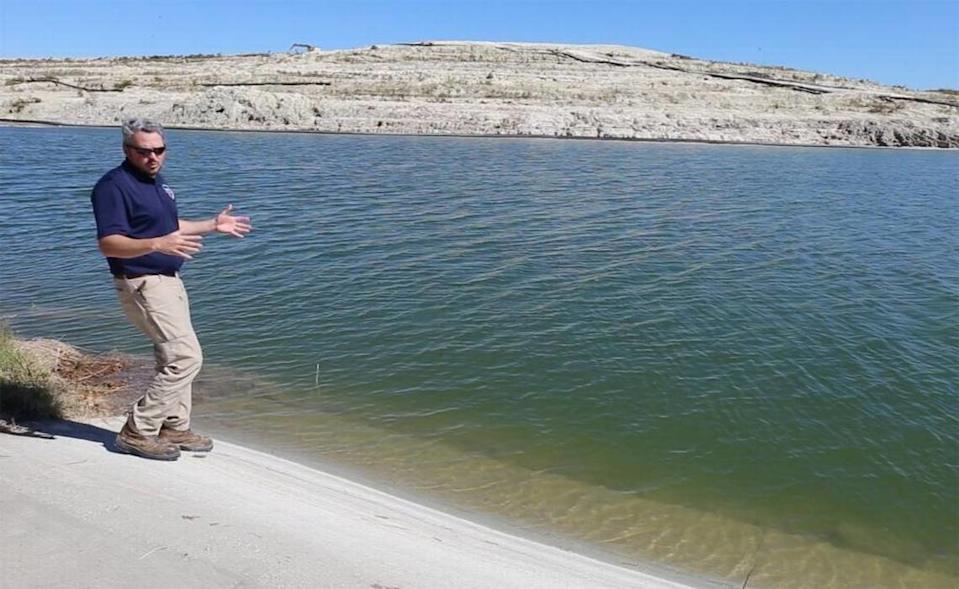The Environmental Protection Agency proposes building a new wastewater treatment plant at the old Mississippi Phosphates Corp. site on Bayou Casotte in Pascagoula as part of the ongoing cleanup of the toxic Superfund site, an EPA news release says.
The EPA plan will be presented at a public meeting from 6-8 p.m., Monday, April 7 at the Pascagoula Senior Center, 1912 Live Oak Ave. The cleanup is aimed at keeping toxic wastewater out of Bayou Casotte. EPA is working with the Mississippi Department of Environmental Quality and local officials on the cleanup.
A new wastewater treatment plant next to the site’s east gypsum stack would treat wastewater long-term, the news release says. It would allow the new owner, Seven Seas Terminals, which bought the property in 2023, to redevelop the land where an existing wastewater treatment plant sits.
The site has been on the EPA’s Superfund National Priorities List for cleanup since January 2018. Work has been ongoing.
Industrial site still contaminated
Mississippi Phosphates manufactured phosphorus fertilizer at its plant on Industrial Road from the late 1950s until a late 2014 bankruptcy. The soil on the site is contaminated, primarily with heavy metals from phosphate ore processing.
The company operated phosphoric and sulfuric acid plants on the site, where two large gypsum stacks remain. Gypsum is a mineral used to make fertilizer.
“Groundwater beneath the former plant contains elevated metals concentrations and low pH, generally located in the central portion of the property,” the EPA news release says.
Toxic wastewater from the site has harmed fish and other wildlife, the EPA says.
The new plant would treat wastewater and water that is contaminated as it moves across the site. The treatment reduces fluoride, phosphorous and nitrogen compounds, plus residual acidity, for discharge into Bayou Casotte.
The gypsum stacks on the site will continue to generate contaminated water for years, the EPA says, even after both are closed and capped.
But contamination has been significantly reduced since cleanup began, the EPA says.
“Before the EPA’s cleanup work began, 1 inch of rainfall on the east gypsum stack produced about 9 million gallons of wastewater that threatened Bayou Casotte and needed to be treated before being discharged,” the news release says. “Work to close and cap the east gypsum stack began in 2018 and has already significantly reduced the amount of leachate (contaminated liquid) that requires treatment.
“By comparison, the west gypsum stack, closed by Mississippi Phosphates in the mid-2000s, still generates an estimated 20,000 gallons of wastewater a day that needs treatment, the news release said.

Yahoo News – Latest News & Headlines
Read the full article .


